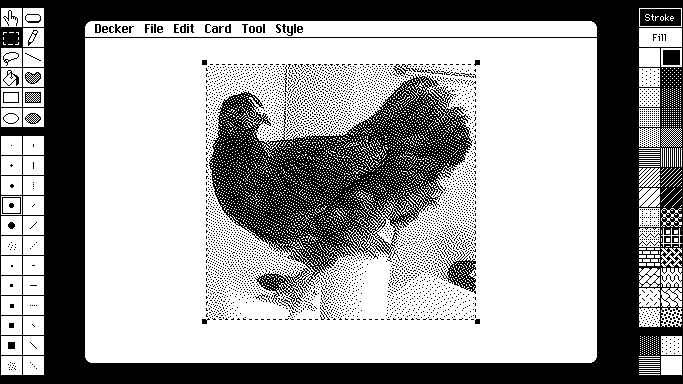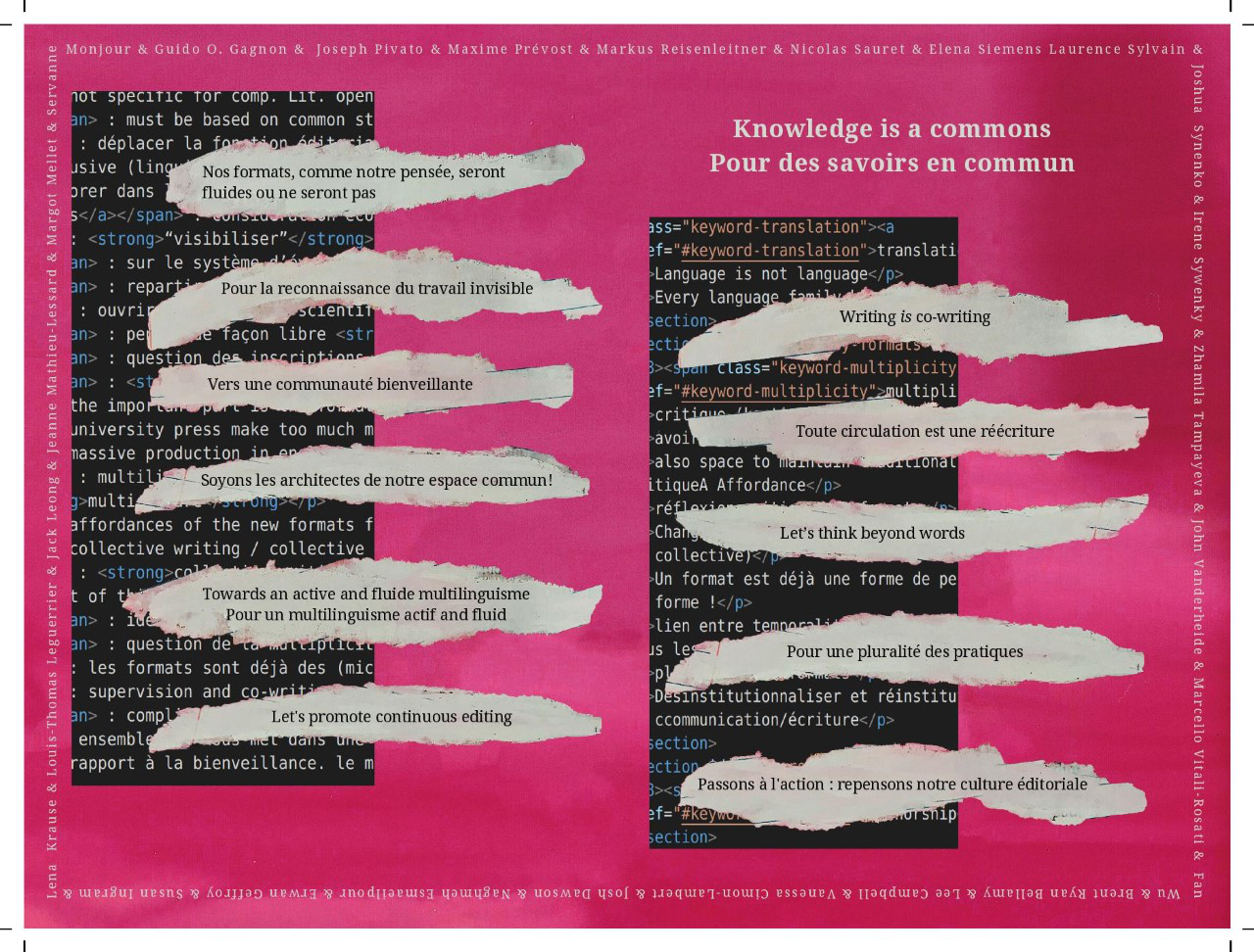We’re sharing the progress we’ve made in building a new organization with independent oversight over how Facebook makes decisions on content.
Brent Harris, Director of Governance and Global Affairs at Facebook has an interesting blog post that provides An Update on Building a Global Oversight Board (Dec. 12, 2019). Facebook is developing an independent Global Oversight Board which will be able to make decisions about content on Facebook.
I can’t help feeling that Facebook is still trying to avoid being a content company. Instead of admitting that parts of what they do matches what media content companies do, they want to stick to a naive, but convenient, view that Facebook is a technological facilitator and content comes from somewhere else. This, like the view that bias in AI is always in the data and not in the algorithms, allows the company to continue with the pretence that they are about clean technology and algorithms. All the old human forms of judgement will be handled by an independent GOB so Facebook doesn’t have to admit they might have a position on something.
What Facebook should do is admit that they are a media company and that they make decisions that influence what users see (or not.) They should do what newspapers do – embrace the editorial function as part of what it means to deal in content. There is still, in newspapers, an affectation to the separation between opinionated editorial and objective reporting functions, but it is one that is open for discussion. What Facebook is doing is a not-taking-responsibility, but sequestering of responsibility. This will allow Facebook to play innocent as wave after wave of fake news stories sweep through their system.
Still, it is an interesting response by a company that obviously wants to deal in news for the economic value, but doesn’t want to corrupted by it.






